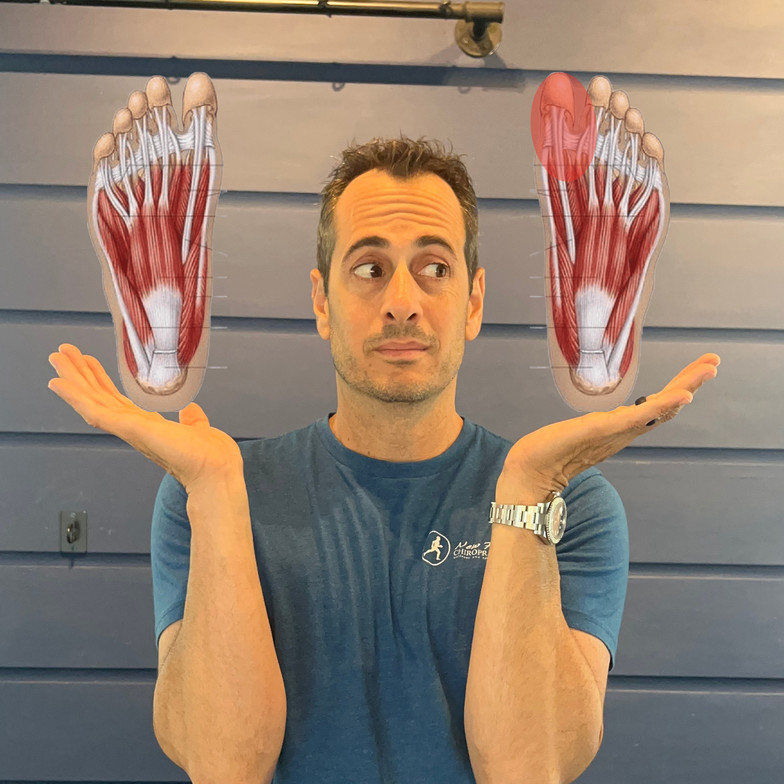
We’ve all had sore feet after a long day or from wearing shoes that are just a little too tight. Most of the time, toe pain is harmless and can be traced back to something simple — like overuse, a minor bump, or footwear that doesn’t fit well. These types of aches usually improve with rest, ice, and switching to more comfortable shoes.
But what if the pain feels different? What if it strikes suddenly and is so intense that even the weight of a bedsheet on your toe is unbearable? That’s when we start thinking about gout.
How Gout Pain Is Different
Unlike general soreness, gout is a form of arthritis caused by a buildup of uric acid in the body. While it often starts in the big toe, it isn’t limited there — gout can also affect the ankle, knee, wrist, elbow, or even the fingers.
The pain usually comes on fast, often overnight, and is accompanied by swelling, redness, and a burning intensity. Many patients describe it as if the joint is “on fire.”
What Causes Gout?
Gout develops when there is too much uric acid in the blood. Uric acid forms when your body breaks down purines, substances found naturally in the body but also in certain foods. High-purine foods include:
-
Red meat
-
Shellfish
-
Alcohol (especially beer and spirits)
When uric acid levels get too high, sharp crystals form inside the joints. These crystals irritate the tissues, triggering inflammation and severe pain.
How Do We Confirm Gout?
While a blood test can measure uric acid levels, that alone doesn’t confirm gout. Some people with high uric acid never develop symptoms, while others with normal levels still experience gout flares.
The gold standard test is a joint fluid analysis, where a small sample of fluid is taken from the painful joint and examined under a microscope for uric acid crystals. Imaging tools, like ultrasound, can also detect crystal deposits around the joint.
How Long Does a Gout Attack Last?
A typical gout attack lasts 3 to 7 days if left untreated. With proper medication, symptoms often improve much faster — sometimes within 24 to 48 hours. If untreated, attacks can drag on for up to two weeks and tend to come back more often over time.
The Bottom Line
Everyday toe pain usually has a clear cause, like tight shoes or overuse. Gout, however, strikes suddenly, often overnight, and causes severe, burning pain that doesn’t just fade with rest or ice.
If you’ve experienced this kind of pain, especially more than once, it’s important to get evaluated. Lab tests and imaging can confirm the diagnosis, and treatment can bring fast relief while lowering the risk of future attacks.

Dr. Steve Muscari
Contact Me

.jpg)


